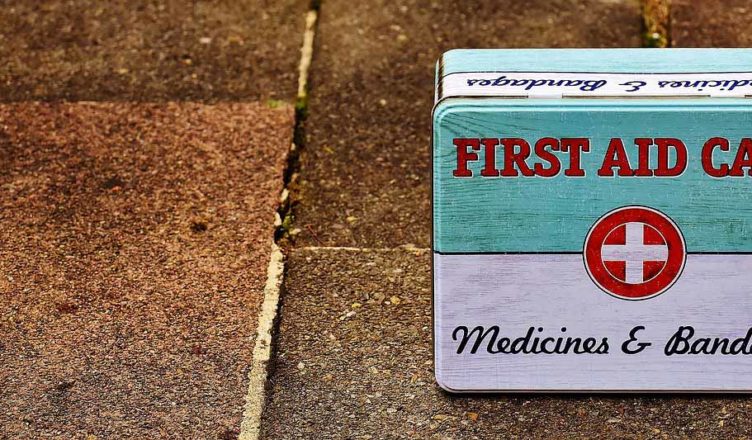If you’re anything like me, the moment you found yourself a full-time gig after college you wanted to plow as much extra money into your student loans as possible. And it makes sense—putting even a little extra towards your loans each month can save you a lot of money in interest payments over the life of the loan. Who wants to pay a loan back for 10 years if you can do it in five?
But just because it makes sense doesn’t mean that it’s the right thing for you to do. If you put all of your extra money into your loans without first establishing a sufficient emergency fund, then you’re setting yourself up for disaster.
What’s an Emergency Fund?
An emergency fund is exactly what it sounds like: A savings account that is meant to be used only to pay for emergencies. And by “emergencies” I mean true emergencies—something that you need to pay for right now out of necessity, not something you simply want.
Buying new glasses because your old ones broke is an emergency; signing up for Lasix isn’t. Paying for a trip across the country to attend a funeral is an emergency; flying to Bermuda for vacation is not. Fixing your car so that you can get to work (and make money!) is an emergency; buying a new car when your old one is working fine is not. And, of course, unexpectedly losing your job is a major emergency. (I wrote a piece about emergency funds for Grow Magazine, if you want to see more about defining a true emergency.)
Not sure how much you should be saving? Download our free Emergency Fund Calculator!
Most financial experts will tell you that you should save enough money to cover between three and six months’ worth of expenses in your emergency fund. That way, in the worst case scenario, if you lost your job and had no other source of income you would be able to continue paying all of your bills while you look for new work.
At this point you’re probably yelling at the screen, “What?! That’s thousands and thousands of dollars I’d have to save!” and you’d be right. It can be a really overwhelming prospect, especially if you don’t have any savings or if you have other priorities in mind, like paying down your student loans.
But instead of being overwhelmed, just start small. Think of the most expensive emergency expense that you’ve had in the last few years (say, buying new tires for your car) and aim to save just that amount. Once, you’ve reached your goal, double it, and continue doing this until you’ve got at least enough money to cover a month’s worth of expenses if you were to lose your job. Then keep increasing your savings until you hit six months’ worth of expenses.
Why You Need to Save
If you don’t commit to putting at least a bit of money aside from each check, and instead just funnel everything into paying off your student loans, then when an emergency strikes you’re going to be in some serious trouble.
You’d probably need to look into borrowing money from friends or family, which can be a major strain on relationships, or even worse, rely on credit cards or payday loans, which will cost you a lot more money in the long run than if you were able to cover it in cash.
And let’s not forget: If you lose your job and need to place your student loans in deferment or forbearance, the interest will continue to accrue on them, which can completely undo all of the progress that you’ve made in paying them down. By having an established emergency fund, you will be able to keep your student loans from becoming delinquent by continuing to make your minimum monthly payments.
After all, what’s the point in putting extra money towards your loans if 6 months of unemployment brings the balance back up to where it was?
You Can Start an Emergency Fund While Paying Down Your Loans
If you don’t have an emergency fund or any kind of savings, but you want to start paying down your student loans, you don’t necessarily have to take an either/or approach. To keep yourself sane and motivated, tackle both problems at the same time so that you can feel both secure in your savings while knowing that you’re making progress on your loans.
Start by figuring out how much money you have leftover at the end of the month. Instead of funneling all of that money into either your emergency savings fund or into paying back your student loans, split it between the two goals. (So, for example, if you’ve got a $500 surplus each month, deposit $250 into your savings account and put the other $250 into your loans, on top of your minimum payments.)
And don’t forget that for your repayment plans to be successful, you should choose to follow a debt repayment method that meshes with your long-term financial goals, and your own personal circumstances. Following any plan will be much more effective than randomly applying extra payments to random loans.






